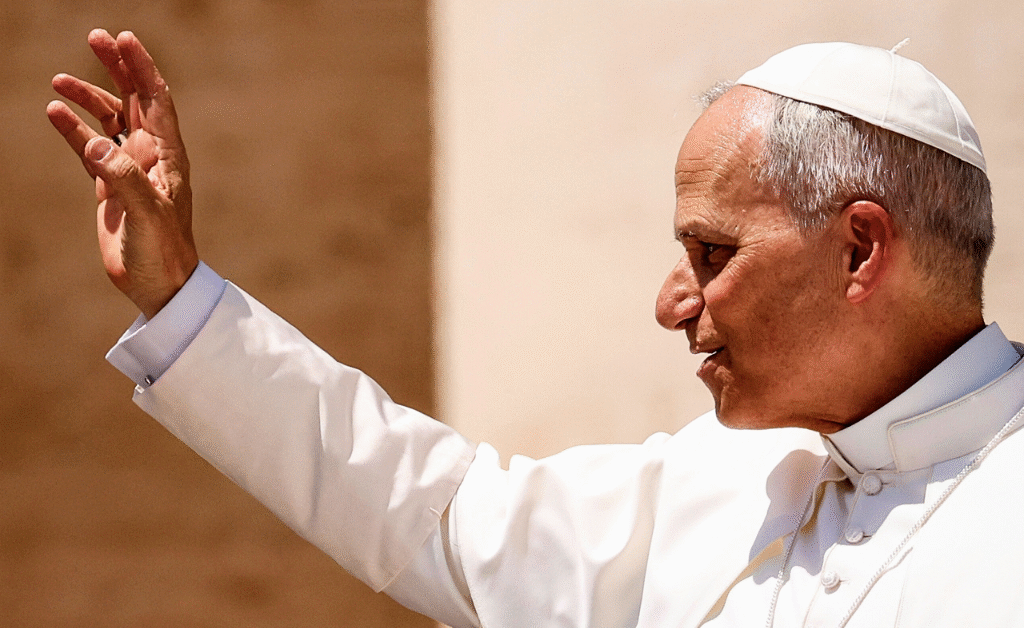- Women’s labor force participation fell to 56.8% in Sept 2025, the lowest since Dec 2020, with mothers of young children hit hardest.
- Experts blame federal rollbacks of family supports, childcare funding cuts, and rising costs for forcing many women out of work.
- The exodus risks trillions in lost GDP and widened racial and gender economic disparities unless childcare and family policies are restored.
WASHINGTON — Nine months into President Donald Trump’s second term, a troubling trend is emerging in the American labor market: Women are leaving the workforce at an alarming rate, with participation rates plunging to levels not seen since the height of the COVID-19 pandemic.
Economists and women’s advocates are pointing to a toxic mix of policy rollbacks, childcare crises, and economic pressures as the culprits, warning that the exodus could cost the U.S. economy trillions in lost productivity if it persists.
The numbers paint a grim picture. According to the latest Bureau of Labor Statistics data released Friday, women’s labor force participation rate dipped to 56.8% in September 2025—down 1.2 percentage points from January and the lowest since December 2020.
The FrankNez Media Daily Briefing newsletter provides all the news you need to start your day. Sign up here.
That’s a reversal of hard-won gains from the Biden era, when the rate had climbed back to 57.4% by late 2024.
For women with children under 6, the slide is even steeper: Participation fell to 63.1%, erasing two years of progress and leaving an estimated 400,000 mothers sidelined.
What Experts Are Saying
Experts aren’t mincing words. “This is the ‘Great Exit’—a step backward that’s fueled by Trump’s dismantling of family supports,” said Heather Boushey, a top economist at the Washington Center for Equitable Growth.
Boushey, who served as a Biden adviser, tied the drop directly to the administration’s early moves, like freezing federal funding for Head Start programs and rolling back paid family leave expansions.
“We’re seeing women forced out because childcare costs are skyrocketing without subsidies, and flexible work policies are vanishing,” she added. Her analysis echoes a KPMG report from October 2025, which projects the exodus could shave $1.2 trillion off GDP by 2030 if unaddressed.
The policy fingerprints are all over it. Trump’s January executive order axed the child tax credit boost from the 2021 American Rescue Plan, which had lifted 3 million children out of poverty and kept moms in the game. Coupled with a 15% cut to the Department of Labor’s workforce development grants—many aimed at women re-entering after maternity leave—the changes have hit hard.
In states like Texas and Florida, where Republican governors have mirrored the federal cuts, women’s participation has tanked 2.5 points since inauguration day.
Personal Stories That Hit Home
Personal stories underscore the stats. Take Maria Gonzalez, a 34-year-old single mom in Phoenix, who quit her nursing job in August after her daycare shuttered due to lost federal aid.
“I was making $55,000, but with no childcare and my hours cut back, it just didn’t add up,” she told The Daily Beast.
Gonzalez now relies on food stamps while job-hunting part-time—part of a wave that’s swelled SNAP rolls by 8% among working-age women.
Republicans push back, with White House economic adviser Kevin Hassett arguing the dip is “transitory” and tied to “voluntary choices” amid a booming job market.
“Women are prioritizing family, and that’s a win for America,” Hassett said in a Fox Business interview last week.
But data from the Federal Reserve tells a different tale: 62% of women who left cited “lack of affordable childcare” as the top reason, compared to just 18% pre-Trump.
The ripple effects are brutal. A new study from the Institute for Women’s Policy Research estimates the exodus has already cost $250 billion in women’s earnings this year alone, widening the gender pay gap to 17% from 16% in 2024.
Black and Latina women, who often juggle multiple jobs and family duties, are hit hardest— their participation rates have fallen 1.8 points, per BLS figures.
What This Means Moving Forward
As midterms approach, Democrats are seizing on the issue.
Senate Majority Leader Chuck Schumer called for an emergency childcare bill on the Senate floor Tuesday, blasting Trump’s “war on working women.” “This isn’t just numbers—it’s moms missing school plays, daughters losing role models,” Schumer said.
Polling from Quinnipiac shows 58% of suburban women now disapprove of Trump’s economic handling, up 7 points since summer.
For Boushey and her peers, the fix is simple: Reinstate family supports and invest in childcare infrastructure.
“We’ve been here before with COVID, and we clawed back,” she said. “But Trump’s choices are making it harder—women deserve better than being pushed out of the economy they built.”
As the labor data rolls in, one thing’s clear: The “Great Resignation” of 2021 was a blip; this “Great Exit” feels like a deliberate detour.
For millions of women, it’s not a choice—it’s survival.
But if there’s one thing Americans do best, it’s overcome the greatest of challenges.
Also Read: This is Where Americans Can Afford to Live Solo in 2025
Follow us on X: @NezMediaCompany











